Puerto rican indigenous: Indigenous Puerto Rico: DNA evidence upsets established history
Climate Change and Colonialism: Living History at Puerto Rico’s Key Indigenous Ceremonial Sites
Image by Josee Molavi. Ponce, Puerto Rico, 2021.
“Offering”
Smoke billows from a carved out conch shell filled with charcoal and shards of copal (tree resin). This is an offering to the ancestors at Tibes Indigenous Ceremonial Park, the oldest known Indigenous ceremonial site in the Caribbean. It is also considered the largest Indigenous cemetery, as 186 human skeletons have been uncovered there during excavations.
Image by Josee Molavi. Ponce, Puerto Rico, 2021.
“Ritmo (Rhythm)”
Taíno educator, artisan, and traditional medicine practitioner Po Araní often visits Tibes to connect with his ancestors through song. He plays a steady beat on the mayohuacan with a maraca in hand and an ocarina around his neck—all his own handcrafted Taíno instruments.
All across Puerto Rico, the story of the Indigenous people of the island formerly known as Boriken is marketed to tourists as a centerpiece of its past. For Po Araní, Tibes and other Indigneous sites like it are a deeply spiritual space for gratitude, solace, and reflection in the present.
For Po Araní, Tibes and other Indigneous sites like it are a deeply spiritual space for gratitude, solace, and reflection in the present.
Image by Josee Molavi. Utuado, Puerto Rico, 2021.
“Galería de Los Cemis (Gallery of the Cemis)”
Central to this spirituality are the cemis, or deities. North of Tibes lies Caguana Indigenous Ceremonial Park, in the mountainous region of Utuado. Portraits of the cemis on thick stone slabs frame the ancient ceremonial ball game fields, or bateyes.
Image by Josee Molavi. Utuado, Puerto Rico, 2021.
“Caguana”
This well-preserved piece of Puerto Rico’s pre-Colombian cultural heritage has been the site of important archaeological findings. The Taínos constructed and used the park’s 10 stone-lined plazas for hundreds of years before the Spanish arrived on the island the natives called Boriken in the early 15th century.
Image by Josee Molavi. Utuado, Puerto Rico, 2021.
Utuado, Puerto Rico, 2021.
“El Agua (Water)”
This petroglyph of a spiral, symbolizing water, stands in front of a Ceiba tree in Caguana Indigenous Ceremonial Park. The Ceiba tree is considered a portal—a connector between the earthly and the spiritual. The Taínos used its thick extensive trunk and roots to construct canoas (canoes): a Taíno word among others like huracán, barbacoa, and tabaco that persist in the modern Spanish lexicon.
In the absence of tribal recognition from the Puerto Rican government, its Institute of Culture charges $3 admission to enter Caguana, where the Taínos and their culture seem a relic of the distant past.
In April 2022, a resolution was proposed in the Puerto Rican Senate in favor of the privatization of the sacred place—seeking to transfer ownership of the lands from the Institute of Culture to the municipality of Utuado. The resolution would have allowed the locality to take necessary action for the site to “reach its maximum potential use to benefit the economic development of the region.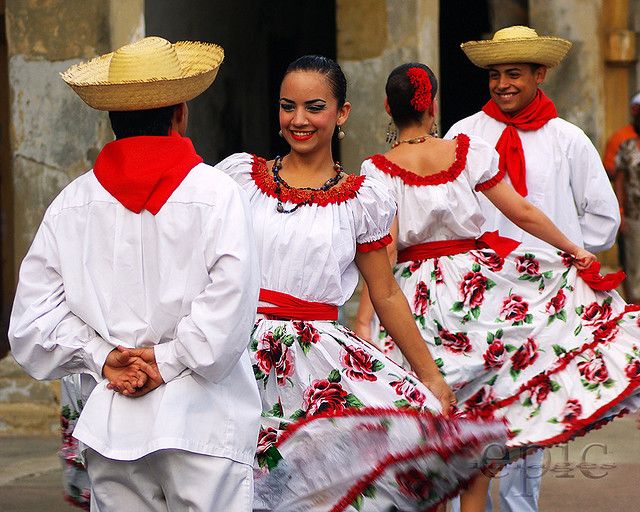 ” (RCS45)
” (RCS45)
Indigenous activists and supporters rose in strong opposition to the resolution before it was withdrawn without receiving a vote.
Image by Josee Molavi. Jayuya, Puerto Rico, 2021.
“Direct connection”
Similar ancient petroglyph markings can be found carved in stone all over the island, standing the test of time much like the cultural heritage of their artists. Petroglyphs are not only artifacts but serve as a channel of communication with Taíno deities, as noted in this sign outside La Piedra Escrita, a popular attraction east of Caguana.
Image by Josee Molavi. Jayuya, Puerto Rico, 2021.
“La Piedra Escrita”
The rocks, rivers, and trees are monuments; sanctuaries, temples. From the shoreline to the mountaintops, Boriken is sacred to its people, and they feel a responsibility to protect and preserve it.
But as climate change threatens the islands’ longevity, drastic changes to the environment and its patterns are more alarming than ever. Rising sea levels, strong tropical storms and hurricanes, and high-magnitude earthquakes serve as warnings to Taíno elders who tap into traditional knowledge to interpret nature’s messages.
Rising sea levels, strong tropical storms and hurricanes, and high-magnitude earthquakes serve as warnings to Taíno elders who tap into traditional knowledge to interpret nature’s messages.
“Thinking about the way the ancestors would look at things…that often comes to my mind,” said Taíno elder and Indigenous human rights activist Roberto Múkaro Borrero. “What would they think? Just looking around and seeing this place, seeing what it’s become?”
Image by Josee Molavi. Ponce, Puerto Rico, 2021.
“Touring Tibes”
A group of local high-school students funnel into Tibes Indigenous Ceremonial Park, touring the ancient ball fields. Across the grass, Po Araní plays the music of their shared Taíno roots. The Smithsonian cited “island-wide” mitochondrial DNA research revealing that 61 percent of Puerto Ricans carry traceable Taíno ancestry. Po Araní and others in the modern-day Taíno Indigenous community challenge the long held myth that the Taíno Peoples went extinct after the Spanish colonized their homeland in the 1400s.
“If they can make you think that the people who were here originally are no longer here, they could just do whatever they want. And they have been,” said Roberto Múkaro Borrero. “It’s in the best interest of the colonial machine that seeks to really remove us from our connection with the Earth.
The colonization of Puerto Rico all those hundreds of years ago upset the gentle balance the Taínos held with nature—one that Borrero and other elders feel hasn’t been restored since.
Image by Josee Molavi. Ponce, Puerto Rico, 2021.
“Todo Que Necesitamos (Everything We Need)”
Po Araní examines a native tree, wielding an encyclopedic knowledge of the traditional plants at Tibes Indigenous Ceremonial Park. He owns and operates Tintura Madre, an online storefront that sells tincture blends that harness the medicinal properties of the flora and the fauna of his homeland.
“Indigenous peoples are great observers of the world around them,” said Borrero. “It’s been getting hotter and science affirms this or confirms this. Although we don’t need modern science to do that, we can see the changes.”
“It’s been getting hotter and science affirms this or confirms this. Although we don’t need modern science to do that, we can see the changes.”
Image by Josee Molavi. Vieques, Puerto Rico, 2021.
“Third Time’s the Charm”
Daniel Silva, a Taíno resident of Vieques, lives between two national reserves and just a stone’s throw from the small island’s coastline. When Hurricane Maria destroyed his home in 2017, he laid down cement.
“Originally I built wood, because I don’t like cement houses. But Hurricane Maria made me understand I needed a cement house.”
An earthquake later shattered that foundation, too, forcing him to reconstruct his home again.
“The earth is shaking as it has never shaken before. I think this is something irreversible.”
Image by Josee Molavi. Vieques, Puerto Rico, 2021.
“El Punto de Vista Ancestral (Ancestral Perspective)”
Silva is a traditional Taíno artisan and archeologist. He grows native fruits, vegetables, and other plants on his plot and sells his handmade Taíno art.
He grows native fruits, vegetables, and other plants on his plot and sells his handmade Taíno art.
Image by Josee Molavi. Vieques, Puerto Rico, 2021.
“Raíces (Roots)”
Living off the land, Silva says, helps him connect to his cultural heritage and colors his views on the changes happening on the island, especially the rapid rate of deforestation and industrialization.
“[The ancestors] made their homes of wood and straw, but there were forests, real forests, where the trees were thousands of years old. Wherein everyone worked together to make their bohio (huts) strong, and if a storm took it down, they had the forest. But what’s left today?”
Image by Josee Molavi. Puerto Rico, 2021.
“Daka Taíno (I Am Taíno)”
In an original song based on what his ancestors might have sung when they saw the Spanish approaching the coastline of Boriken, Daniel Silva conveys his pride for his Taíno roots through a grim warning:
Mayani Macana! Guayba! Anli Arihuna! Daka Taíno, Daka Taíno, Jajom.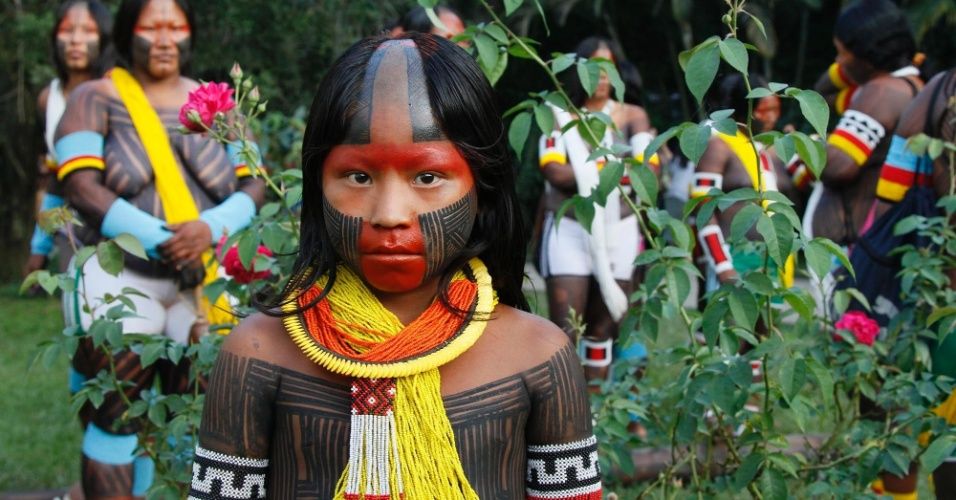
(No me mates, vete! Enemigo Extranjero! Yo soy bueno, yo soy noble. Gracias.)
(Don’t kill me, go away! Foreign enemy! I am good, I am noble. Thank you.)
Image by Josee Molavi. Ponce, Puerto Rico, 2021.
“Living History”
At the entrance to Tibes is a history museum home to a collection of historical artifacts and reenactments of Taíno life in pictures. In the photo, the casique (chief) and bohique (shaman) prepare to lead a Taíno ceremony, or areyto. Not pictured, behind Po Araní, is a skeleton in the fetal position that was uncovered at Tibes, under fluorescent light in a glass enclosure with a sign marked “Human Remains”. Po Araní said he considers this display disrespectful and would prefer his ancestors rest on the grounds of the park where they were initially buried.
Especially in the context of the myth that the Taíno Peoples went extinct, this grotesque display pokes at the wounds left by hundreds of years of colonial intent to undermine and erase Indigenous perspectives.
Herein lies another crucial conflict between Indigenous practices and the advancement of modern science and archeology. The two worldviews may seem entirely oppositional given the island’s history and present reality.
Image by Josee Molavi. Puerto Rico, 2021.
“New Horizons”
Isabel Rivera-Collazo, a Puerto Rican native and professor of biological, ecological, and human adaptation to climate change, challenges the idea that science and Indigenous spirituality must be squarely at odds. She works with Taíno elders on the island to incorporate traditional ancestral knowledge into her climate and anthropology research, including her own heritage and personal connection to la patria (the homeland).
Though she works diligently to address her community’s needs and questions and contributes to the National Climate Assessment, she emphasizes that the preservation of the Taíno culture is essential to the island’s longevity.
“The holders of the traditional knowledge are the ones that are carrying the burden of climate impacts, said Rivera-Collazo. “We are losing this richness and this depth of knowledge with elders dying or people migrating.”
“We are losing this richness and this depth of knowledge with elders dying or people migrating.”
Indigenous Taíno of Puerto Rico Take Their Fight to the UN
Puerto Rican Taíno representatives recently attended the United Nations Permanent Forum on Indigenous Issues (UNPFII) in New York to call attention to their situation.
“If we’re not getting visibility or any kind of recognition at the national level, we have no choice but to take it outside and try to build that visibility for our people,” said R. Múkaro Agüeibaná Borrero, president of the United Confederation of Taíno People.
The Taíno people are indigenous to the Caribbean and live in Puerto Rico, Cuba, the Dominican Republic, the US Virgin Islands, and more. When Christopher Columbus made landfall in 1492, the Taíno were the first people he met. Today, Puerto Rico is an unincorporated territory of the US, which means that it is neither an independent country nor an official state. Puerto Rico has a nonvoting member of Congress and does not have electoral college votes in presidential elections. Because of this colonial relationship, the Taíno have few platforms to make their concerns heard.
Because of this colonial relationship, the Taíno have few platforms to make their concerns heard.
International forums like the UNPFII are a rare opportunity to directly engage with officials from the US and other countries—providing space for the Taíno to advocate for policies that will help their communities. “There is a narrative that Taíno people were wiped out,” Borrero said. “So, we have to make statements at the international level, to say ‘wait a minute, we are here.’”
Andrea Carmen, Yaqui Nation and executive director of the International Indian Treaty Council, says that Puerto Rico’s political status presents challenges for the Taíno. “What makes them unique is they are still residents of a colony,” she said. Carmen added that, like the Taíno, most Indigenous peoples around the world also lack state recognition, which makes the UNPFII and other international venues even more important in their fight for rights.
The United Confederation of Taíno People called attention to Taíno language revitalization efforts, which will lead to the publication of the first classic Taíno dictionary and grammar guide later this year. Borrero noted, however, that the International Decade of Indigenous Languages must not overlook Indigenous Caribbean languages and called on the Permanent Forum to give special attention to insular Caribbean Indigenous peoples, including those in both self-governing and nonself-governing territories. In a statement to the forum, Tai Pelli, another representative from the United Confederation of Taíno People, highlighted the environmental and climate crises facing Indigenous peoples in Puerto Rico. Increasingly powerful storms have destroyed homes and driven many from the island, while illegal toxic waste dumping and military waste contamination are also serious issues. On the island municipalities of Vieques and Culebra, the US military conducted weapons testing for over 60 years, leaving unexploded ordinance and dangerous chemicals behind. “Increasing cancer rates and other noncontagious diseases are a direct result of the environmental injustices our people confront every day,” Pelli said.
Borrero noted, however, that the International Decade of Indigenous Languages must not overlook Indigenous Caribbean languages and called on the Permanent Forum to give special attention to insular Caribbean Indigenous peoples, including those in both self-governing and nonself-governing territories. In a statement to the forum, Tai Pelli, another representative from the United Confederation of Taíno People, highlighted the environmental and climate crises facing Indigenous peoples in Puerto Rico. Increasingly powerful storms have destroyed homes and driven many from the island, while illegal toxic waste dumping and military waste contamination are also serious issues. On the island municipalities of Vieques and Culebra, the US military conducted weapons testing for over 60 years, leaving unexploded ordinance and dangerous chemicals behind. “Increasing cancer rates and other noncontagious diseases are a direct result of the environmental injustices our people confront every day,” Pelli said.
Pointing to luxury hotels and other development projects on culturally significant sites like the Dry Forest and the Caguana Ceremonial Center, Pelli called on the UN to confront the issue with UNESCO, which oversees some of the sites, and demanded a review of UNESCO’s protected areas mandate and greater transparency. “The wrath of greed and uncontrolled development are beginning to seem as dangerous as the hurricanes, earthquakes, and pandemic that we are still trying to survive,” she said.
“We’re not only raising the visibility of who we are within the US,” she said. “We’re also raising the visibility of our people for other Indigenous peoples so that we could build that solidarity regionally and internationally.”
Living in Puerto Rico | Pros and cons of migration
Do you dream of a good life in Puerto Rico? While Puerto Rico gives expats a taste of the Caribbean, it’s not about palm trees and long sandy beaches. Find out everything you need to know about the people, culture, and of course, expatriation in Puerto Rico.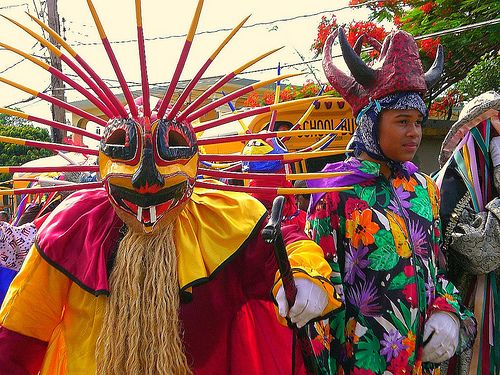
Puerto Rico is very proud of its roots, its culture, and its island. Even those who don’t actually live in Puerto Rico commonly refer to the islands as their home. When you hear Puerto Ricans talking about their country, they don’t mean the United States, but their little island. Thus, residents of Puerto Rican origin, whether living on the island or not, tend to refer to themselves as Puertorriqueños.
There are also nuyorican, which are New Yorkers born in Puerto Rico or of Puerto Rican descent. This group of Puerto Ricans is estimated to outnumber those who live in Puerto Rico’s capital, San Juan.
Island life
Contents
- 1 Island life
- 2 Historical mix of cultures
- 3 Puerto Rico today
In total, there are approximately 3.6 million permanent residents of Puerto Rico Another 4.6 million Puerto Ricans are estimated to live in the US. Accordingly, more Puerto Ricans live in the Continental United States than in Puerto Rico itself. And even without them, the population density on the island is one of the highest in the world. Up to 90% (according to various statistics) of the inhabitants of the island live in cities on the coast and in mountain centers, as well as on small uninhabited islands, and still the cities are overpopulated!
And even without them, the population density on the island is one of the highest in the world. Up to 90% (according to various statistics) of the inhabitants of the island live in cities on the coast and in mountain centers, as well as on small uninhabited islands, and still the cities are overpopulated!
Puerto Ricans are generally very friendly and outgoing people. As a foreigner living in Puerto Rico, you may come to the conclusion that many stereotypes about Latinos are true for Puerto Ricans. One thing is for sure: Puerto Rico tends to be very lively and expressive. You will be greeted with great hospitality and personal responsibility to make your life here as pleasant as possible.
Historical blend of cultures
The average Puerto Rican is presented as Spaniard, but we must not forget that Hispanics are a racially diverse group. The largest group of people living in Puerto Rico are whites (mostly of Spanish origin) and make up approximately 80% of the total population.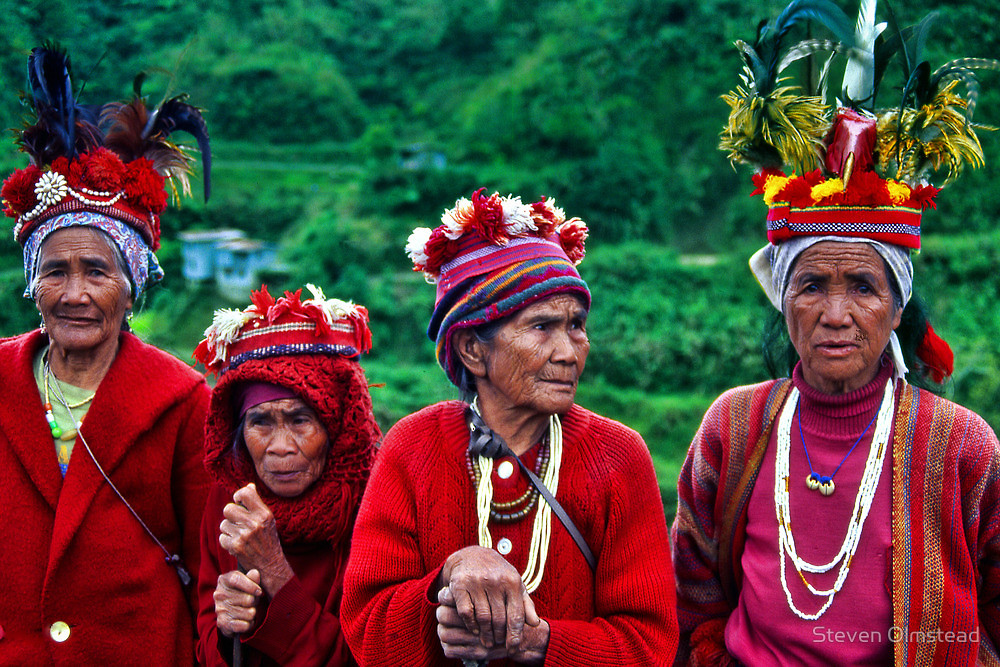 Another proportion of the people living in Puerto Rico are blacks, Asians, and Native Americans, or mixed, who sometimes refer to themselves as “others.” In fact, Puerto Rico and its culture has historically been shaped by local settlements, but European colonization, slavery, economic migration, and today Puerto Rico has the status of an unincorporated territory of the United States.
Another proportion of the people living in Puerto Rico are blacks, Asians, and Native Americans, or mixed, who sometimes refer to themselves as “others.” In fact, Puerto Rico and its culture has historically been shaped by local settlements, but European colonization, slavery, economic migration, and today Puerto Rico has the status of an unincorporated territory of the United States.
The “Taino” indigenous peoples who inhabited Puerto Rico before Spanish colonization were virtually wiped out by slavery and industrialization, but some intermarried with poor Spanish peasants. Soon slaves were brought in from Africa, and other ethnic groups also worked on the plantations.
At the beginning of the 19th century, European immigrants from disadvantaged countries joined them in the hope of a better life in Puerto Rico. The island also became a haven for Spanish supporters during the American independence movement of the south, and for the French from Louisiana and Haiti. Not a few Europeans, Chinese and Lebanese came to Puerto Rico hoping to make a living working in the road construction industries.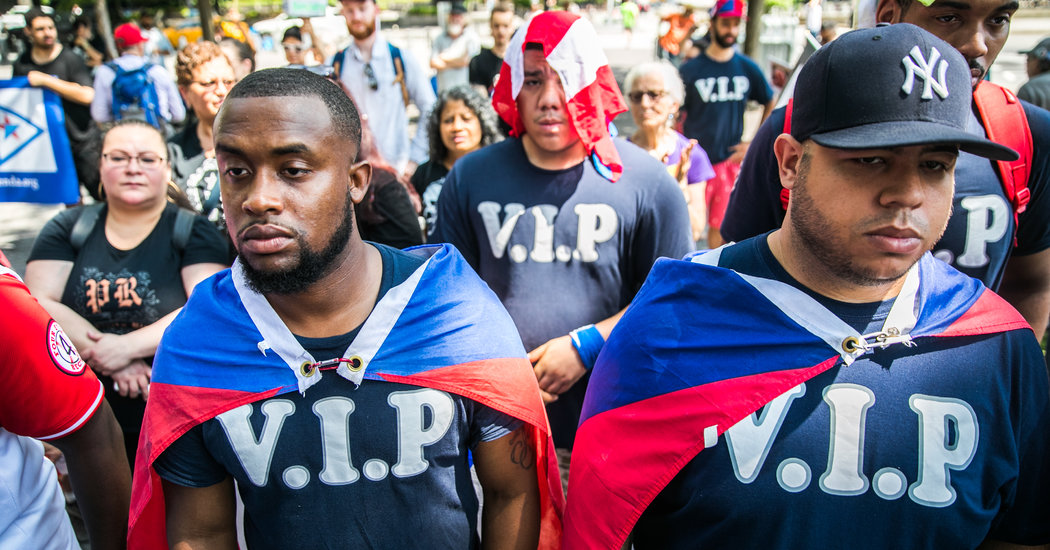 More recently, a huge number of immigrants from other countries of the Caribbean and Latin America, flocked here in search of a better future.
More recently, a huge number of immigrants from other countries of the Caribbean and Latin America, flocked here in search of a better future.
Puerto Rico today
People living in Puerto Rico today adhere to Spanish cultural and moral values and traditions. The Roman Catholic faith prevails. However, Puerto Rico is home to the largest Jewish community in the entire Caribbean.
The influence of the United States of America is reflected in the universities and, of course, in the use of English as a second official language. However, a study at the University of Puerto Rico found that nine out of ten Puerto Ricans do not speak English at an advanced level.
In Puerto Rico, you will discover an island of stark contrasts, a place where old and new merge into a special blend of cultures. One area where old and new influences converge is architecture: living in Puerto Rico, you’ll find Spanish colonial buildings next to huge, American-style malls, which in turn sit next to tiny corner shops and ultra-modern building blocks.